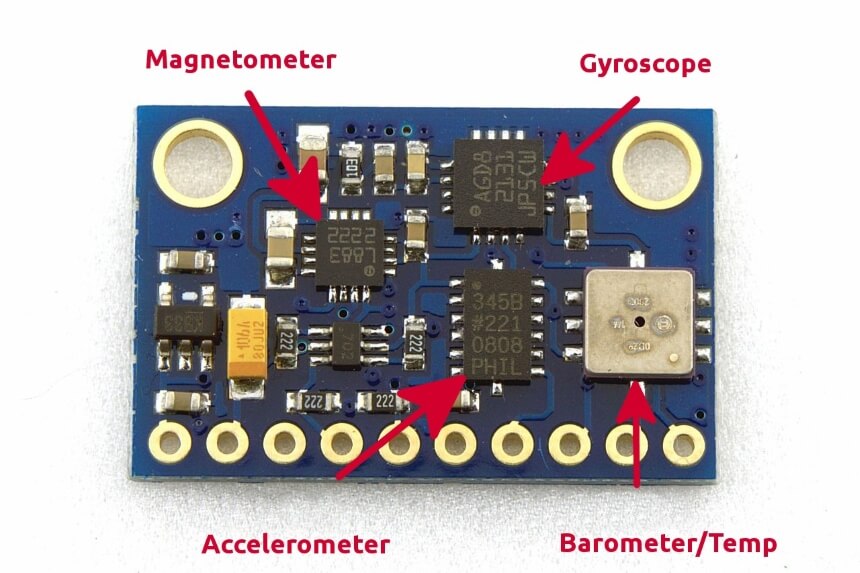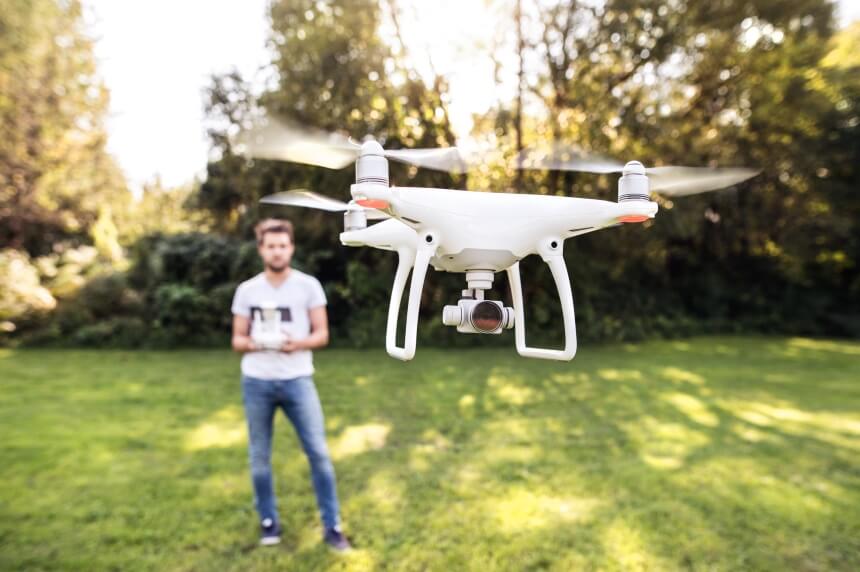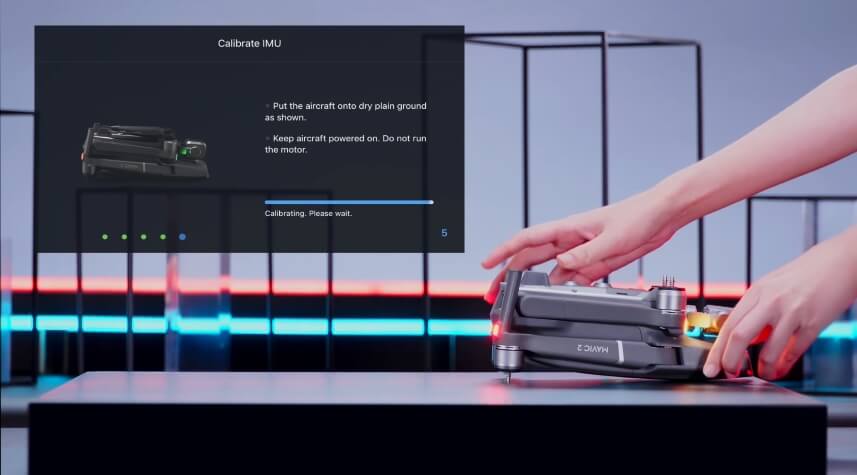Flying a drone is an interesting experience and is fun for people of all ages. Even when you are carrying out a serious task such as controlling drones for roof inspections, you would still be getting a sense of fulfillment from carrying out perfect maneuvers and moving flawlessly.
Well, this fulfillment would only exist if the drone were calibrated because otherwise, your experience would be bumpier and less fun. How then do you calibrate, and what exactly is this IMU calibration people keep referring to? These are the questions that this article is here to answer.
Well, until you reach that point of the article where I touch on it, consider calibration to be a way of ensuring optimal control over your drone. Unfortunately, the manufacturers of drones do not exactly indicate when drones should be calibrated, and that’s another piece of information you’d have to wait for me to share. Read away and learn.

From the very definition, you’re probably wondering how something described as such can carry out all of these functions. An IMU does so with the use of accelerometers, magnetometers, gyroscopes, thermometers, and barometers. This makes it very essential to how drones work. Some of these might not be present in the IMU of your drone, but most will.
Individual, the functions of the sensors in the IMU are:

On the other hand, proper calibration would mean that your drone accurately detects linear and angular motion while also monitoring changes in altitude correctly. A tightly calibrated drone is thus, easier to control. Hence, regardless of the types of drones you might be operating, calibration is important.
Having said that, though, there is rarely a generally accepted time for when the IMU of a drone should be calibrated. Part of the reason for this is that there are many appropriate times. The following times are good enough for a calibration:
Some people are generally of the opinion that calibration should be carried out before every flight, and they follow this rule, but this regular, every-flight calibration is not necessary, especially if you haven’t been changing locations recently. Not that you should listen to your drone as it knows best; not every drone is as wind resistant as this DJI Mini 2- Ultralight and Foldable Drone.
In the event of a crash or hard landing, as brought up above, the sensors of the IMU might become jarred and may not be so trustworthy. You can ascertain their trustworthiness by checking their status. This is not the only reason to check their status, and theoretically, you should check it regularly, but it is the most appropriate reason for doing so.
To conduct this check, go to the main controller settings, advanced settings and finally, sensors. On this sensor screen, you would see the sensors and three colors underneath them; green, red, and yellow. Green stands for excellent, yellow stands for good, and red stands for poor. If any of the lights under are red, you should probably carry out a calibration.

Two basic requirements for the calibration are that the drone is placed on a completely flat surface and in a cool environment. These are recommended as the calibration state is what the drone interprets as level, and if the surface tilts during calibration, your drone would automatically assume that tilted position to be its level position. Hence, whatever movements you control for would be performed using that tilted level as reference. Not that the tilt and balance referred to here is different from the environment or obstacles sensing features possessed by some drones, such as the DJI Air 2S drone.
As for the temperature, I stated earlier that the temperature at which the IMU is calibrated would determine how long it may take to warm up before flights. If the calibrated temperature is high, the warm up would be longer.
That aside, you could follow the steps outlined below to calibrate the IMU of your drone:
As you would have learned, if you paid sufficient attention, your drone is no full AI Trusted Source The role of AI in drones and autonomous flight - Datascience.aero The term “Drone” has been massively overused; most of you have surely seen it time and time again in news and media articles. This term can range from small and cheap hobby aircraft available at Amazon all the way to multimillion weapons systems used on battlefields. At the moment, the most formal and internationally accepted term used to refer to these devices is RPA (Remotely Piloted Aircraft) and RPAS (Remotely Piloted Aircraft System). datascience.aero , but it is programmed to adapt to help you control it better. That’s what the calibration process is all about; giving the drone some reference points to judge its performance and your controlling instructions.
Hence, without the calibrations, many things would be off about the movement or performance of your drone, and the drone would take it to be normal. When this happens, recalibrate the drone before continuing to fly rather than ignore the problem.
I can probably spend a day waxing about the importance of IMU calibration and situations that call for it, but I’m sure you already get the point. Calibrate your drone now and say a mental “Ciao” to flight uncertainty.